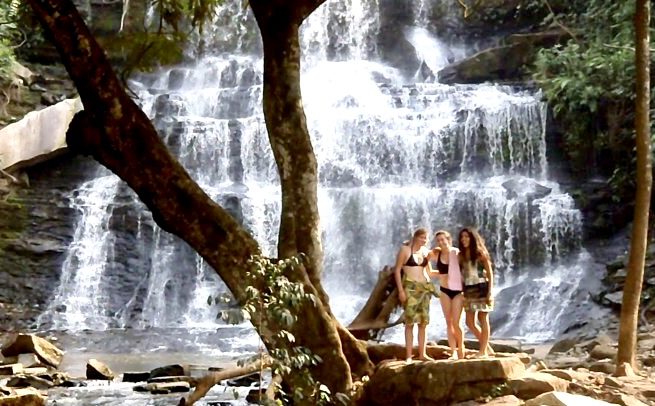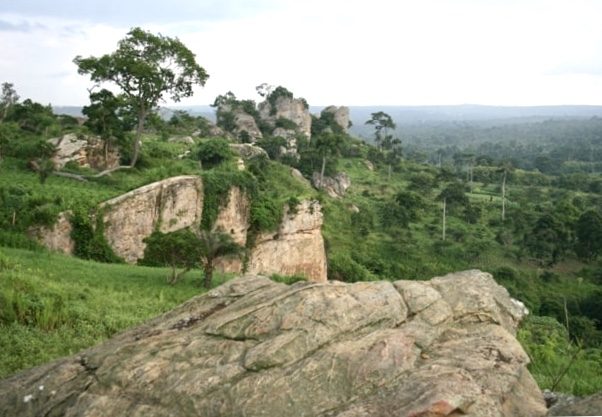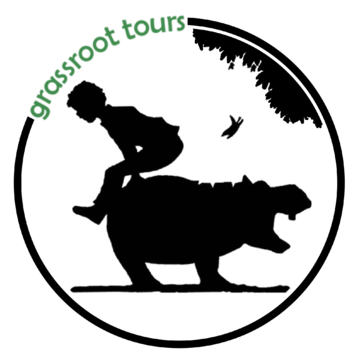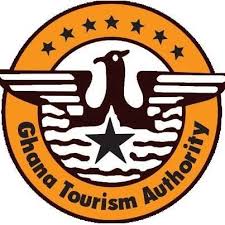Brong Ahafo Region of Ghana
The region is popular for its many agricultural industries and cocoa farms. Brong Ahafo Region may not be as popular as the Ashanti Region when it comes to tourist attractions but it still holds its own as one of the most beautiful tourist attractions sites in the country. The region is filled with wildlife and cultural attractions that are sure to keep you enticed for as long as your feeble mortal mind can hold it.
Brong Ahafo Region Points of Interest
Kintampo Waterfalls
The waterfall is one of the highest in Ghana, having three main drop points. The waterfall is found on the Pumpum river, one of the smaller rivers that flow from the Black Volta. The waterfall attracts its own healthy number of tourists annually and is still one of the most beautiful waterfalls in Ghana.

Buabeng Fiema Monkey Sanctuary
Here is another place where monkeys are held with utmost respect in Africa. The monkeys are never killed or harmed because they are said to have some traditional significance to the community. In fact, the community plants fruit trees just for these monkeys. They even go an extra mile in caring for their dead monkeys. They perform funeral rites for these dead monkeys before finally laying them to rest in the cemetery that was specifically built for the sole purpose of keeping dead monkeys. The monkeys you’ll find here are the Mona monkeys and the black silky colobus.

Buoyem Sacred Grove
This site is surrounded by hills on three different sides. The grove is home to many rock caves and different rock formations. Tourists can have fun exploring the caves, hiking the rocks and seeing far and wide from the high vantage point of the rocks. The site has a particular rock that looks like the shape of Africa and another that looks exactly like an umbrella.
Interesting history is tagged with this place as the caves are considered sacred by the people and it was strategically used in the war against the Ashanti.

Tano Boase
This grove is also a place to visit as its many beautiful rock formations all look fascinating. The grove is said to be sacred to the people of Tanoboase because the Tano River within the grove is believed to be the dwelling place of Taakora, the greatest of the gods of the Akan people.

The main attractions include the Kintampo Waterfalls, Boabeng-Fiema Monkey Sanctuary, Tano Boase Sacred Grove, Buoyem Sacred Grove, and Digya National Park. These sites offer natural beauty, wildlife, and cultural significance.
The Kintampo Waterfalls are one of the highest in Ghana, with three main drops. Located on the Pumpum River, they are known for their stunning beauty and attract numerous tourists each year.
The sanctuary is unique because the local community considers the monkeys sacred. The Mona and black silky colobus monkeys roam freely and are protected, with funeral rites performed for deceased monkeys.
Major cultural festivals include the Apoo Festival, Kwafie Festival, Fordjour (Yam Festival), and Sasabobirim Festival. These festivals celebrate local traditions, history, and community purification rituals.
The region is accessible by road, with good connections from major cities like Accra and Kumasi. Sunyani is the regional capital, and there are various transportation options, including buses and taxis.
There are over 120 hotels, including budget and luxury options. Major towns like Sunyani, Techiman, and Berekum offer star-rated hotels and guesthouses.
The Tano Boase Sacred Grove is important due to its striking rock formations and cultural history. It is believed to be the dwelling place of Taakora, an Akan god, making it a sacred site for the local people.
Yes, notable historical sites include the Bono Manso Slave Centre and the Hani Archaeological Site. These locations provide insights into the region’s involvement in the slave trade and ancient civilizations.
In Digya National Park and Bui National Park, visitors can see diverse wildlife, including elephants, antelopes, and various bird species. These parks offer opportunities for nature enthusiasts to explore the region’s rich biodiversity.
Traditional crafts such as Kyenkyen cloth making, pottery, and weaving are practiced in the region. Visitors can see these crafts being made and purchase them at local markets.




